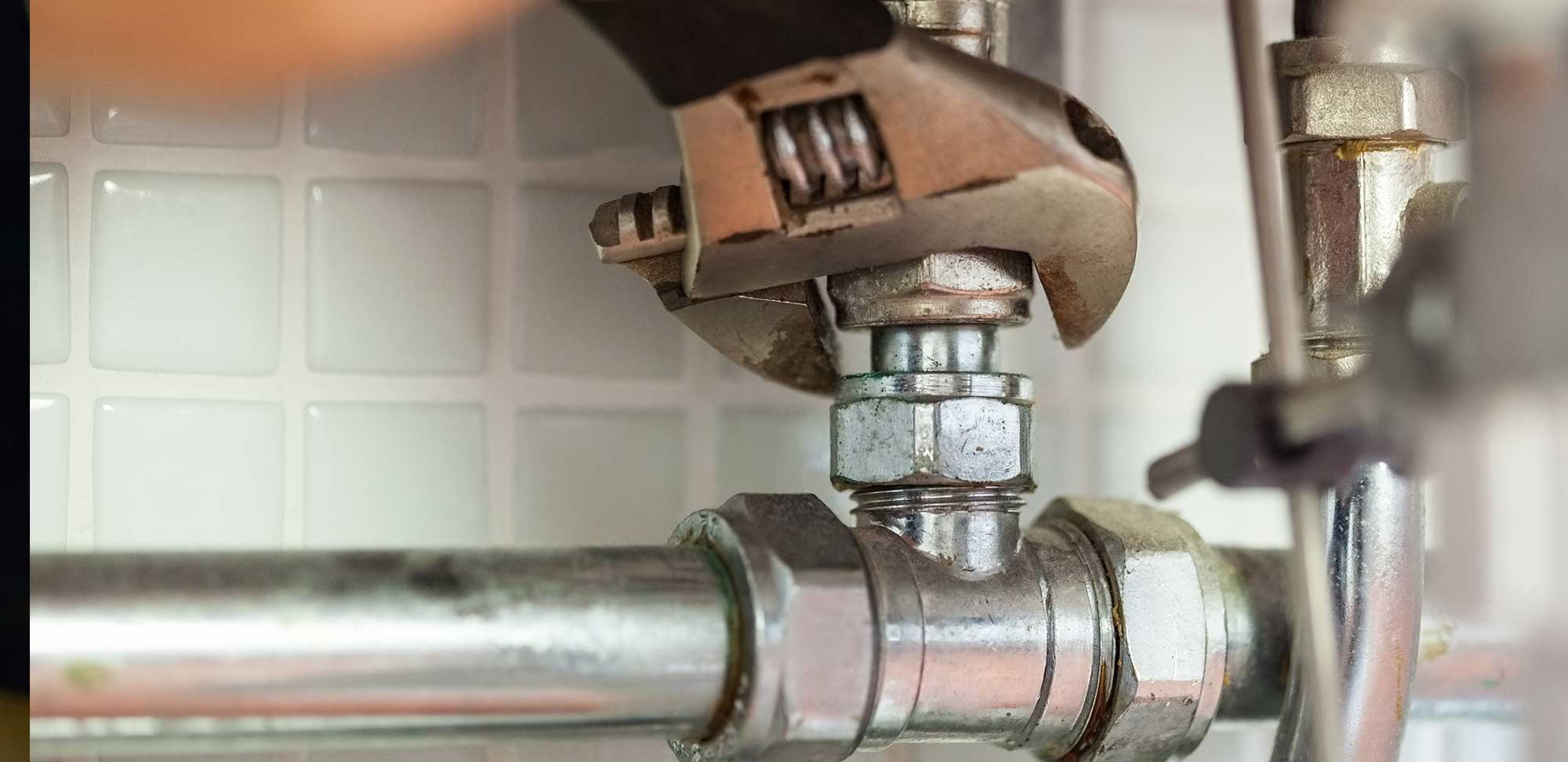When Is Sump Pump Installation Necessary for Your Home?

Flooding and water damage are among the most costly and frustrating issues homeowners face. For those living in areas prone to heavy rainfall, melting snow, or high groundwater tables, sump pump installation can be a critical step toward protecting your home. Whether your basement has experienced flooding in the past or you’re simply taking proactive steps, understanding when and why to install a sump pump is essential.
What a Sump Pump Does
A sump pump is a device installed in the lowest part of a basement or crawlspace, typically in a specially constructed pit called a “sump basin.” Its primary function is to prevent flooding by collecting and pumping water away from your home’s foundation.
When water accumulates in the sump pit—whether from heavy rainfall, melting snow, or rising groundwater—the pump activates automatically and moves the water to a drainage area away from your house, such as a dry well, storm drain, or municipal sewer system.
By doing so, a sump pump:
- Prevents basement flooding and water damage
- Protects against mold and mildew growth
- Helps maintain structural integrity by keeping foundation walls dry
- Increases overall home value by reducing the risk of water-related damage
There are two main types of sump pumps (discussed in more detail below): submersible and pedestal. Both serve the same purpose but differ in design and application based on your home’s specific needs.
Signs You Might Need One Installed
Homeowners often don’t think about sump pumps until after their basement has flooded, but early detection and preventive measures are far more cost-effective. Here are common signs that sump pump installation should be on your radar:
Basement Moisture or Flooding History
If your basement has ever had standing water or even persistent dampness, it’s a strong indicator that a sump pump could be beneficial. Tell-tale signs include:
- Water stains on walls or floors
- Efflorescence (white, chalky residue left by evaporated water)
- Musty odors signaling mold and mildew
- Peeling paint or warped paneling
- Pooled water during or after heavy rain
Even a one-time incident of flooding is reason enough to consider installing a sump pump. Water intrusion, if unchecked, can result in long-term structural damage, ruined belongings, and costly repairs.
Location in a Low-Lying or High Water Table Area
Homes located in valleys, near lakes or rivers, or on soil with poor drainage are naturally more vulnerable to water seepage. Similarly, properties built in areas with a high water table—where groundwater is near or above the foundation level—are at continual risk, especially during wet seasons.
A local plumbing professional like Schneider Plumbing, Heating & Air Conditioning can help assess whether your property is geographically predisposed to flooding and recommend solutions accordingly.
Frequent Storms or Heavy Rainfall
If your region experiences frequent or intense rainstorms, it increases the chance of water collecting around your foundation. Stormwater can easily infiltrate cracks in basement walls or floors, especially in older homes where waterproofing has deteriorated. Installing a sump pump is a proactive measure to handle sudden influxes of water and avoid emergencies.
New Basement Construction or Renovation Plans
Planning to finish your basement or turn it into a livable space? Protecting that investment with a sump pump should be part of your renovation strategy. Once flooring, drywall, and electrical systems are in place, even minor flooding can cause major setbacks.
Installation Considerations and Costs
While sump pumps are invaluable in preventing basement flooding, the decision to install one should be guided by expert evaluation. Here’s what you need to know about selecting and installing a sump pump:
Types of Sump Pumps
There are two main types of sump pumps to consider, each suited to different installation scenarios:
- Submersible Sump Pumps
- These pumps sit directly in the sump pit and are fully submerged in water during operation.
- They are quieter and more powerful than pedestal pumps.
- Best for homes with serious water issues or frequent flooding.
- Typically more expensive but offer longer lifespan and efficiency.
- Pedestal Sump Pumps
- Positioned above the sump basin, with only the intake pipe extending into the pit.
- Easier to service and generally more affordable.
- Suitable for homes with less frequent or lighter water exposure.
A plumbing expert can help determine which type is right for your home based on factors like pit size, expected water volume, and budget.
Battery Backup Options
Power outages often accompany major storms—the very time when you need your sump pump the most. For this reason, a battery backup system is highly recommended.
- Battery Backup Systems automatically kick in if the primary pump loses power, keeping your basement protected even during blackouts.
- Some systems come with smart monitoring that alerts you via text or app if the backup is in use or requires maintenance.
Without a backup, a power failure could render your sump pump useless when you need it most. Investing in a backup adds an extra layer of security and peace of mind.
Installation Process
Professional sump pump installation typically involves the following steps:
- Assessment: Evaluating your basement or crawl space and identifying the best sump pit location.
- Excavation: Digging the sump pit and setting up proper drainage pipes.
- Pump Installation: Installing the pump, discharge line, and any check valves or alarms.
- Electrical Work: Connecting the pump to a power source and potentially installing a backup battery system.
- Testing: Ensuring proper function through multiple cycles and verifying that the discharge line works effectively.
It’s a job best left to licensed professionals. Poorly installed pumps may fail prematurely or provide insufficient drainage.
Cost Estimates
The cost of installing a sump pump varies depending on factors such as:
- Pump type (pedestal vs. submersible)
- Size and depth of the sump pit
- Electrical or plumbing upgrades needed
- Whether a backup system is included
Professional sump pump installation, including parts and labor, can cost between $1,000 and $3,000. While this may seem like a significant upfront investment, it’s a fraction of the cost of water damage repairs, which can easily exceed $10,000 after a single flood.
Why Trust a Professional for Installation?
Sump pump systems are more than just plug-and-play devices. Proper installation requires understanding soil composition, local water table levels, building codes, and electrical safety. Errors during installation can lead to costly water damage or an unreliable system.
By hiring a reputable contractor like Schneider Plumbing, Heating & Air Conditioning, you can trust that the job will be done right the first time. With over 70 years of experience serving Jackson and Jennings County, the Schneider team is known for our expertise, reliability, and customer-first approach.
We’ll assess your specific needs, recommend the right solution, and install your sump pump system to provide maximum protection.
When Should You Schedule an Installation?
Don’t wait until after a flood to consider installing a sump pump. The best time to install one is:
- Before the rainy season begins
- If you’re planning to finish or remodel your basement
- Right after purchasing a new home in a low-lying area
- After noticing signs of water intrusion, even if minor
If you’re unsure, a professional inspection can provide clarity. In many cases, even if your basement hasn’t flooded yet, installing a sump pump can serve as an insurance policy against future disasters.
Protect Your Home with Confidence
Water damage can be devastating, but with the proper preventive measures—like a properly installed sump pump—you can rest easy knowing your home is protected. From evaluating your basement to selecting the right equipment, sump pump installation is essential to smart homeownership in moisture-prone areas.
Don’t take chances when it comes to your home’s foundation and safety.
Contact Us Today
At Schneider Plumbing, Heating & Air Conditioning, we’ve spent over 70 years helping Jackson and Jennings County homeowners keep their homes safe and comfortable. As a family-owned business, we take pride in providing expert plumbing solutions—including professional sump pump installation—backed by friendly service and lasting results.
If you suspect you need a sump pump or want peace of mind before the next big storm, contact us today. We’ll provide a personalized assessment and a solution tailored to your home’s needs.


